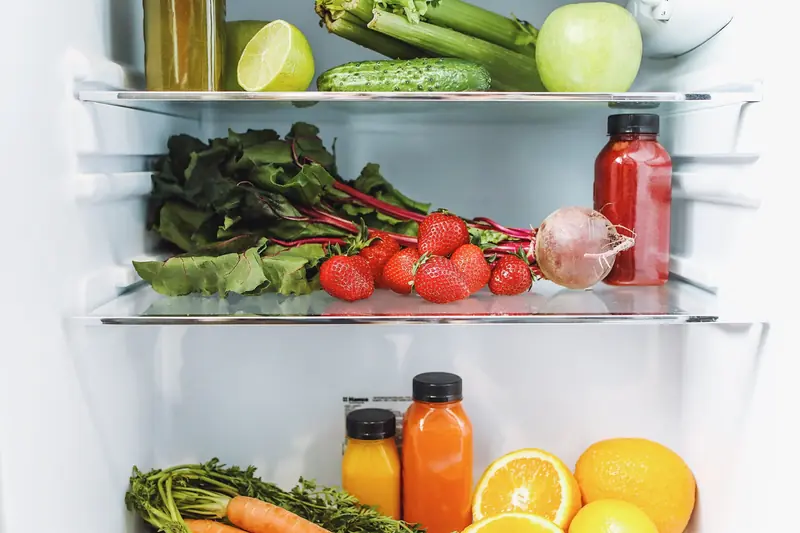
Some vegetables and fruits need to be stored in the cold, while others thrive in warmth. Beyond temperature, the shelf life of fresh produce also depends on lighting, ventilation, and humidity. It’s essential to follow the rules of “good neighborliness,” isolating incompatible “partners” and using packaging correctly.
Storage Rules for Vegetables and Fruits
It’s crucial to adhere to compatibility rules for fruits and vegetables. Fruits and vegetables are considered poor neighbors and should be stored separately. This separation is necessary due to ethylene, a gas emitted by fruits that accelerates their ripening but can spoil nearby vegetables.
Some vegetables also need to be kept apart from one another. Tomatoes, eggplants, and potatoes should be stored separately, as they can negatively affect the taste of neighboring produce.
When using bags or containers for fruits, avoid overloading them. Packing too tightly hinders ventilation and can lead to rot. The best way to store vegetables and fruits is in perforated packaging, paper bags, or containers that allow air circulation.
Before placing fruits in the refrigerator, avoid washing them: moisture can cause fresh produce to spoil quickly. In the fridge, it’s better to store vegetables and fruits without bags, ensuring they are dried off before placement: excess moisture shortens shelf life, while dry conditions help them last longer.
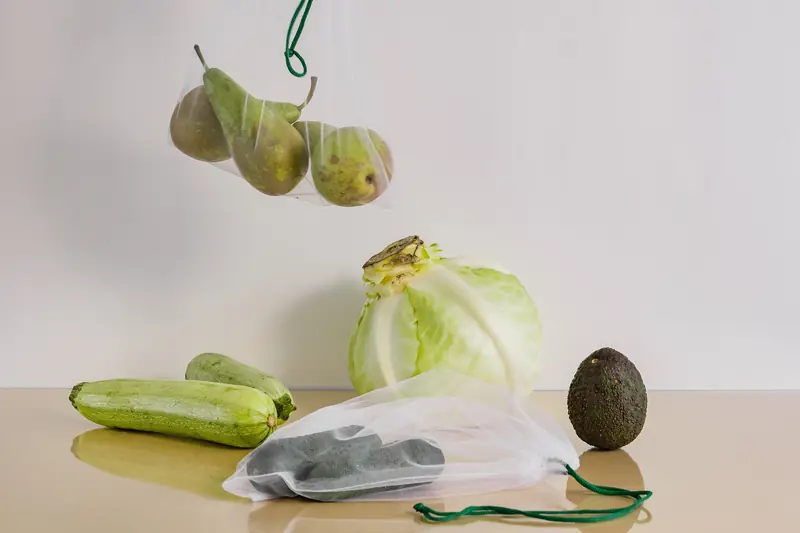
Storage Conditions for Vegetables
The “borscht set” is a harmonious combination in a pot, but not for storage. Where and how should we store the most popular vegetables for preservation?
Cabbage
Green and red cabbage can be stored in the refrigerator for up to two weeks. To store vegetables in the fridge, refer to the labels on your appliance: there are special containers designed for vegetables at temperatures between +8-10°C. A lower temperature can be detrimental, as it can damage the structure of the produce, causing them to lose their natural flavor and aroma.
Carrots
Carrots should be stored separately from other vegetables in the refrigerator, where they last for two weeks. In a cellar, carrots can last longer if stored properly. The best containers for this root vegetable are wooden or cardboard boxes. Carrots should be layered with onion peels or sand.
Beets
This root vegetable requires cool conditions. In the refrigerator, beets can maintain their quality for about three weeks. They store well near balcony doors: you can place them in wooden crates, open bags, or nets.
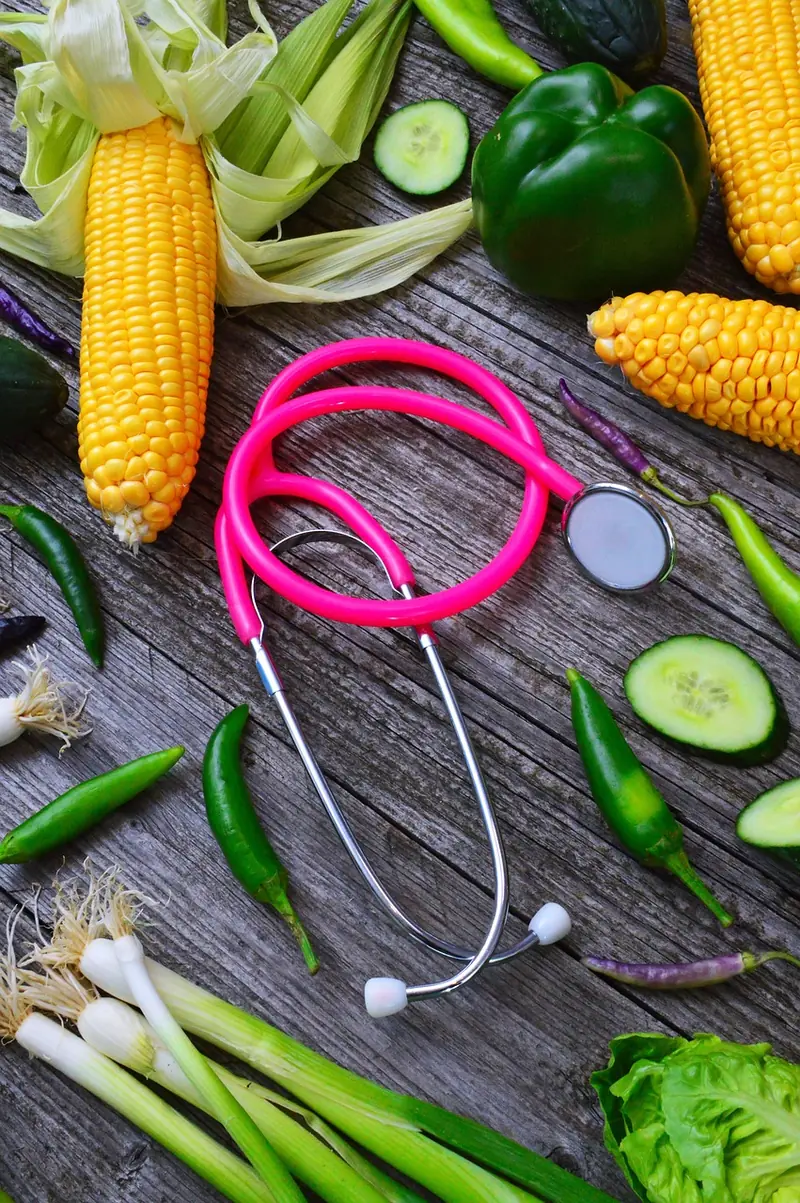
Potatoes
Potatoes hold a special position in vegetable storage: they should never be put in the refrigerator, as the starch converts to sugar at low temperatures. Potatoes should be stored separately from other vegetables in a dry, dark place at temperatures of +5-7 °C. In a wooden box on a closed balcony, potatoes can last until spring: their shelf life can extend up to six months. Just be cautious of frost: if the temperature drops below freezing on the balcony, the container with potatoes should be wrapped. To prevent sprouting in the bag, place an apple with the potatoes.
Tomatoes
Tomatoes can be stored in the refrigerator. Different varieties have a shelf life of 5-12 days. Firm and unripe tomatoes can last up to two weeks, provided there are no other fruits or vegetables in the same container.
Onions
Onions can be stored in a kitchen cabinet, pantyhose, or mesh bag. Whole onions can last up to two months in the refrigerator, while cut onions should be used within four days.
Garlic
Unlike onions, garlic does not belong in the refrigerator, where it quickly loses its strong flavor and aroma. The best storage places for garlic are a dry cellar, pantry, or kitchen cabinet. Garlic prefers room temperature: in such conditions, it can be stored for two months in a salt-soaked cloth bag, as the salt absorbs moisture from the air, preventing the growth of rot and mold. Dissolve sea salt in water, soak a sturdy cloth bag in the saturated solution, and dry it well before use. Once you place the garlic inside, store the bag by hanging it up without tying it.
Storage Rules for Fruits
Fruits and berries also require different storage methods.
Apples
Apples come in early, mid-season, and winter varieties based on ripening time. Summer apples, which spoil quickly, are not suitable for storage: they last up to ten days. Autumn fruits, harvested from late August to early September, can be stored at room temperature for up to four months. The champions of storage are winter varieties, which can last seven to eight months if kept in woven baskets or wooden containers lined with thick paper and a layer of shavings. Each fruit should be wrapped in thin wax paper and stacked with other apples in two to three layers. Small fruits are not suitable for storage. For medium-sized fruits, the optimal storage temperature is 0°C, while larger apples do best at 2-5°C.
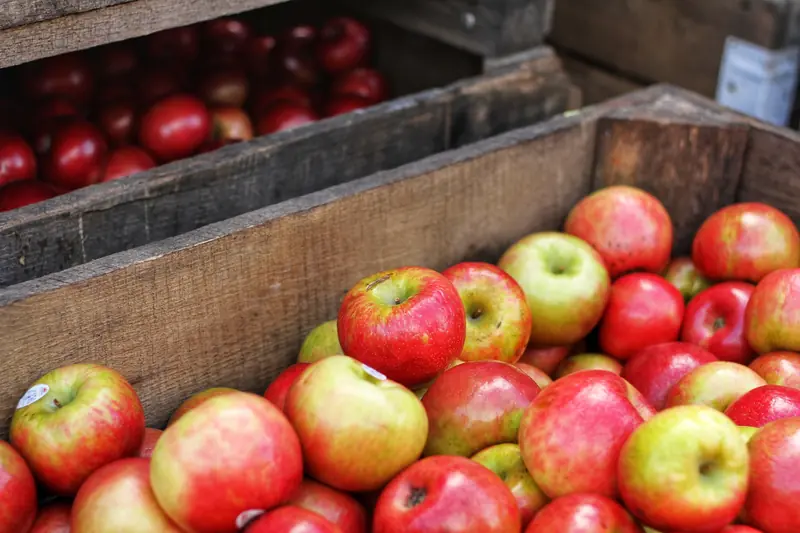
Lemons
Undamaged citrus fruits should be wrapped in packing paper and can be stored this way for up to six months. Lemons prefer a dry and cool place: +6-7 °C is the ideal temperature for this fruit.
Mandarins
This winter fruit lasts the longest without packaging in the refrigerator. If long-term storage isn’t necessary, mandarins can be kept at room temperature in a bag or pouch.
Oranges
Oranges do not spoil in the refrigerator for several weeks: during this time, they retain their vitamins and flavor. Wrapped in paper, they can last up to four months at a temperature of +5°C. Lower temperatures are harmful to oranges, while in a dry environment, they lose their firmness.
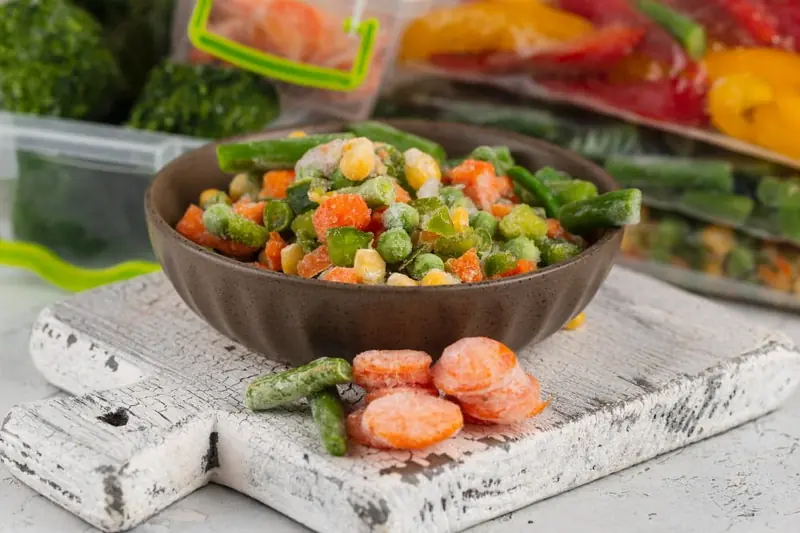
Grapes
Autumn grapes should be stored at temperatures of 0-2 °C. They should be placed in a single layer in a wooden box lined with paper.
Plums
This fruit lasts up to three days at room temperature, but humidity and cold can extend its life by a week: in the refrigerator at 0°C, plums can last over ten days without spoiling.
Apricots
Fresh apricots can be stored for up to five days at room temperature and up to three weeks in the refrigerator (at 0°C).
Peaches
Ripe peaches spoil quickly. Without refrigeration, they last no more than a week. However, at 0°C, their shelf life can be extended to a month.
Bananas
This tropical fruit emits a specific gas that promotes ripening. Therefore, bananas should be stored separately from other fruits. They maintain their quality for up to five days at room temperature and up to a week in the refrigerator.
Avocados
A firm avocado can be stored for up to a week at room temperature, while a soft avocado will only last two to three days in the refrigerator.
Berries
Fresh berries can be stored in the refrigerator for up to three days, but for long-term storage, they should be frozen. For winter storage, berries are frozen dry (the fruits should be washed and dried) to prevent clumping.
Proper storage of vegetables and fruits is crucial for preserving their taste and nutritional qualities. Don’t overlook these preservation rules to avoid suffering from vitamin deficiencies during the off-season.
